A new book looks to the future of African art, while remembering its roots
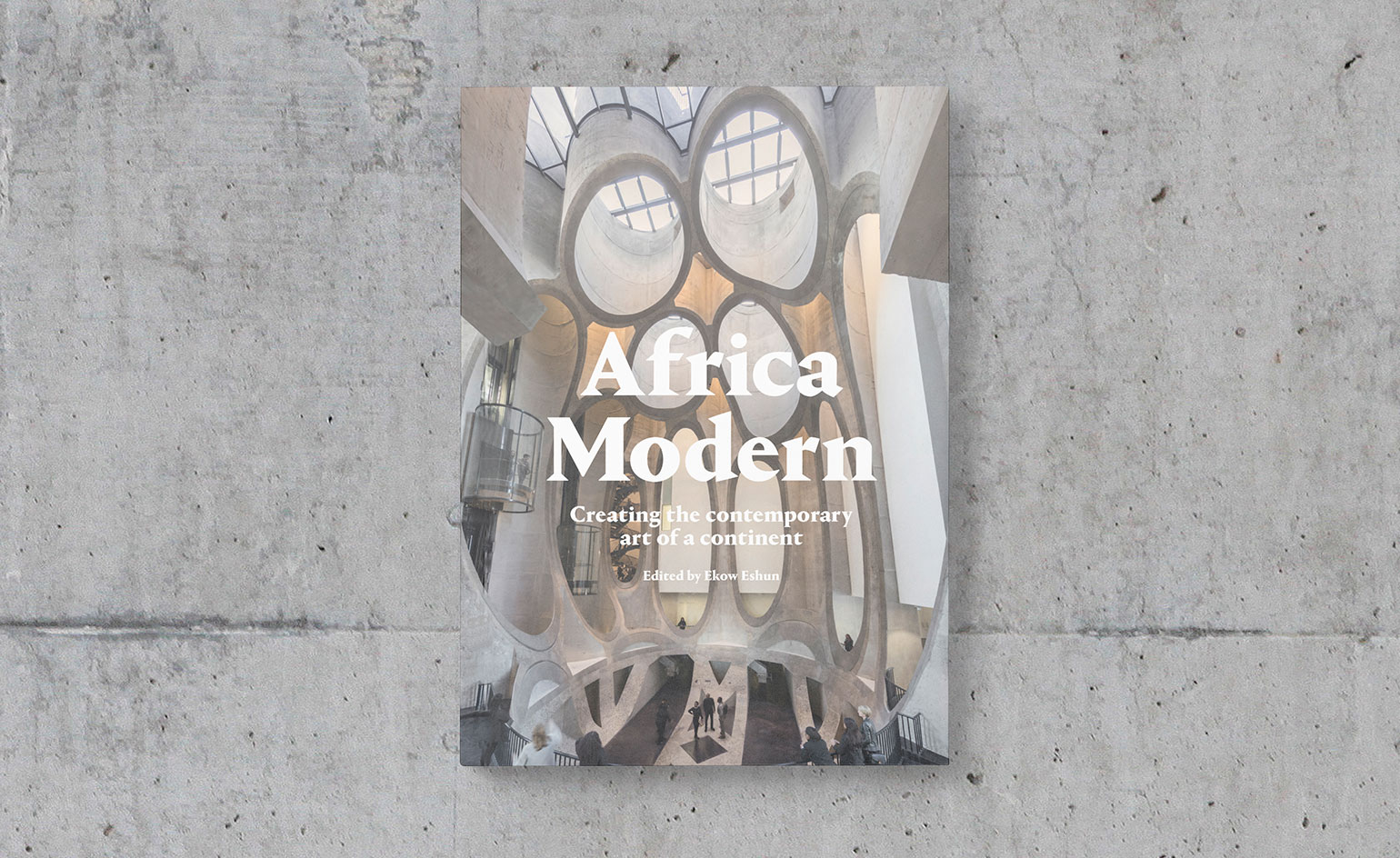
The opening of the first major contemporary art museum in Africa offers a moment for celebration, pause and reflection. A new book, Africa Modern: Creating the contemporary art of a continent, edited by Ekow Eshun and published by the KT Wong Foundation in collaboration with Wallpaper*, marks such a moment.
Illustrated with Iwan Baan’s photographs, Thomas Heatherwick takes us on a behind the scenes tour of his monumental renovation of the Zeitz Museum of Contemporary Art Africa (MOCAA) in Cape Town. We join him on his first trip round the building when it was a disused grain silo, dodging bird droppings. We look over his shoulder during extensive feasibility studies, where he wrestled with the extraordinary physical make-up of the structure and its ‘extremely hard hundred-year old concrete’. And we celebrate with him on the building's eventual completion as a vast, 80-gallery space.
Using MOCAA as a base, Africa Modern visits Johannesburg, Nairobi, Lusaka, Libya and Rwanda, among pockets of the global African diaspora. In doing so, it becomes both an elegy for the continent’s cultural heritage, and a window to its artistic future. As the architect writes in his foreword, the book aims to ‘celebrate and capture the expectations and thoughts of some of the artists, curators, and practitioners we had always hoped would become part of the institution’.

From Mikhael Subotzky’s photographic narrative My Words Echo Thus
Eleven of South Africa’s leading artists have contributed newly commissioned visual narratives to the tome. They provide insight into each artist's practice, and in the same breath offer indirect commentary on the verdant artistic upswing their nation is experiencing. Mary Sibande's heroic, self-styled statues leap from the centrefold, rearing on horses, or conducting invisible orchestras, dressed in traditional South African garb.
Penny Siopis, meanwhile, writes movingly of the loss of her partner, in relation to the death of Nelson Mandela, through concrete poetry that drips down the page. Pieter Hugo weaves the tale of his upbringing, from the moment his dad gave him an old Pentax camera for his 12th birthday, with images that reflect the ‘invisible’ and ‘emotional’ complexities of living in post-apartheid South Africa. These are detailed personal profiles that manage also to be sweeping landscapes.
In-depth essays (ranging from heartfelt memoirs to rigorous academic studies) from leading art critics and curators build a timely picture of the African art scene, in relation to its vastly complex socio-political backdrop – and the future that institutions like MOCAA have the potential to offer.
For instance, Helen Jennings distills in us the fervour and local excitement that Heatherwicks new museum has ignited, particularly in a younger generation of artists – like Kiluanji Kia Henda, winner of this year’s Frieze Artist Award – whose work is ‘increasingly irresistible’. ‘Their tomorrow is now,’ she writes.
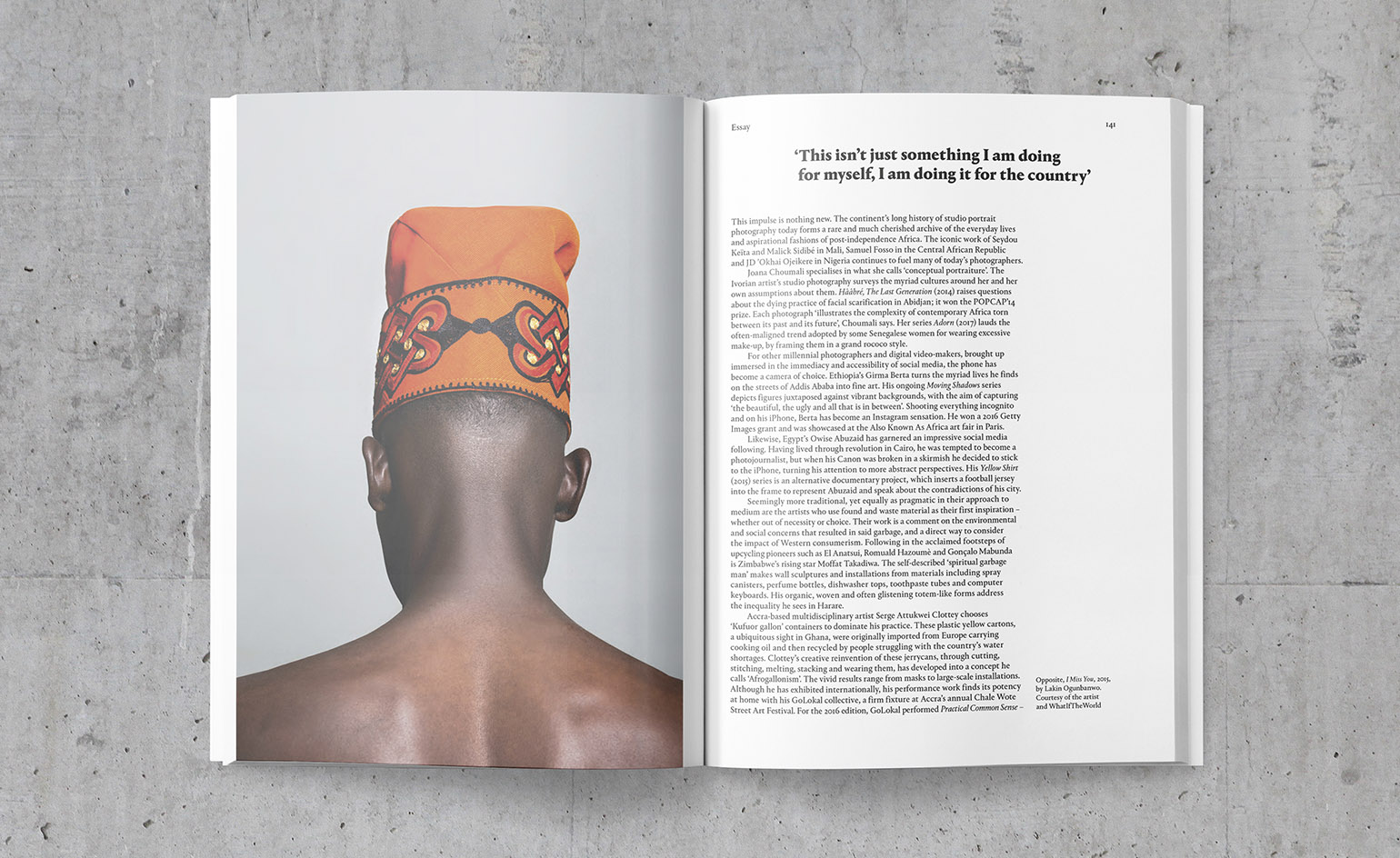
Left, I Miss You, by Lakin Ogunbanwo, 2015.
For Sisonke Msimang, childhood dreams are being realised. The author and daughter of revolutionaries, who believes public art spaces are ‘the scaffolding of successful societies’, explains how she didn't step foot in a museum until she was in her twenties, despite living in a cosmopolitan home filled with books. Public spaces in her native Lusaka were limited to crowded parks and markets. A dedicated art space was out of the question. ‘In a just Africa – the Africa I imagined I would live in when I was little – no child would have to imagine a museum into existence,' Msimang writes. ‘She would simply go when she pleased.’
Elsewhere, talk of today’s artistic progress is bolstered by urgent discussion on Africa’s painful past. Ngũgĩ wa Thiong'o speaks broadly, passionately, about the continuing moral implications of slavery. At this new juncture in South Africa’s cultural timeline, he implores us to ‘learn from what happened’; to ‘read from the tea-leaves of our history’.
Africa Modern is a collection of artistic ideas, philosophies and visual manifestos that will, as grains once did, slowly fill Heatherwick's converted silo. ‘Now begins the exciting bit,’ the architect writes. ‘Visiting, watching and supporting.’
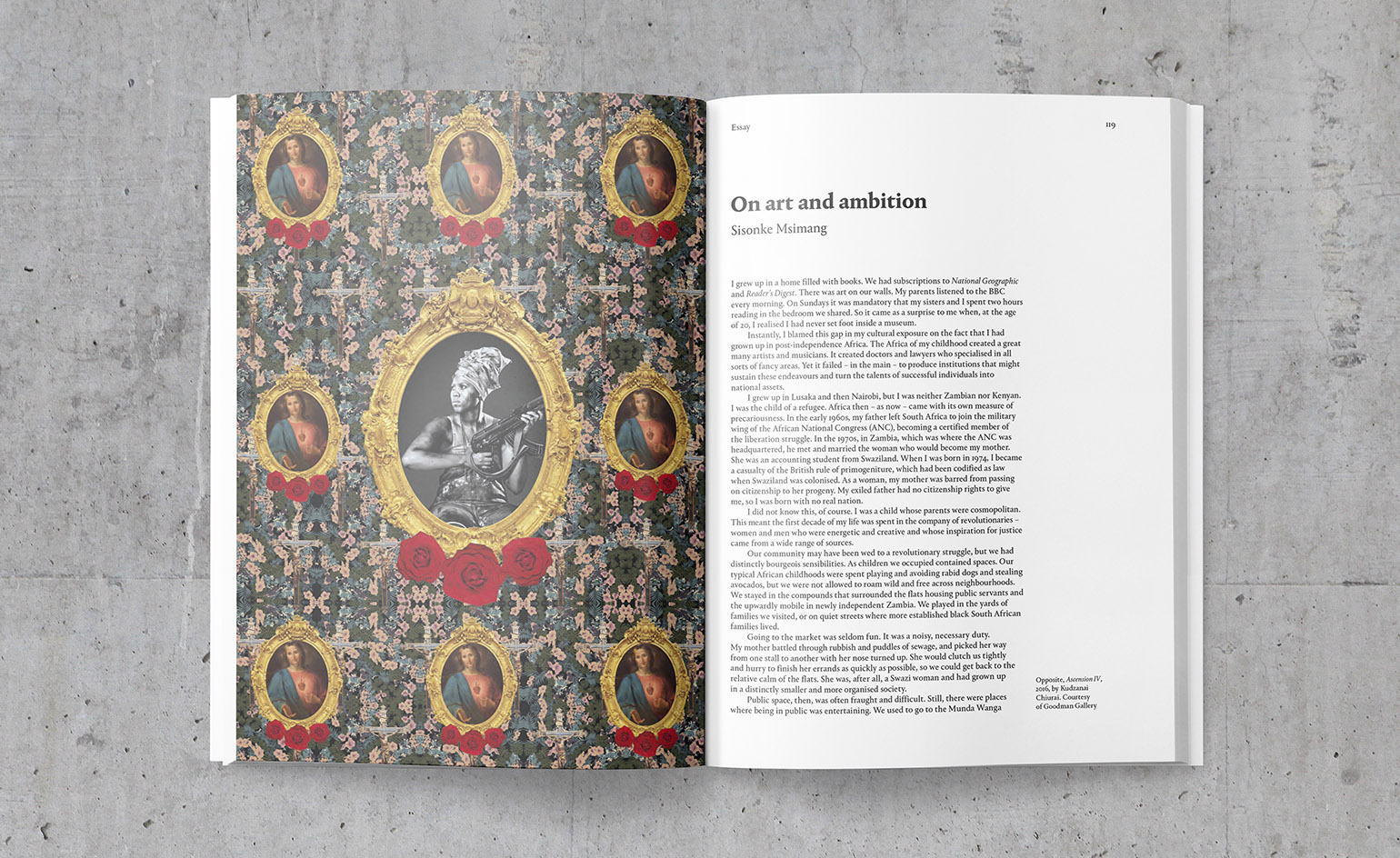
A spread from the book shows Ascension IV, by Kudzanai Chiurai, 2016.

Athi-Patra Ruga’s visual narrative
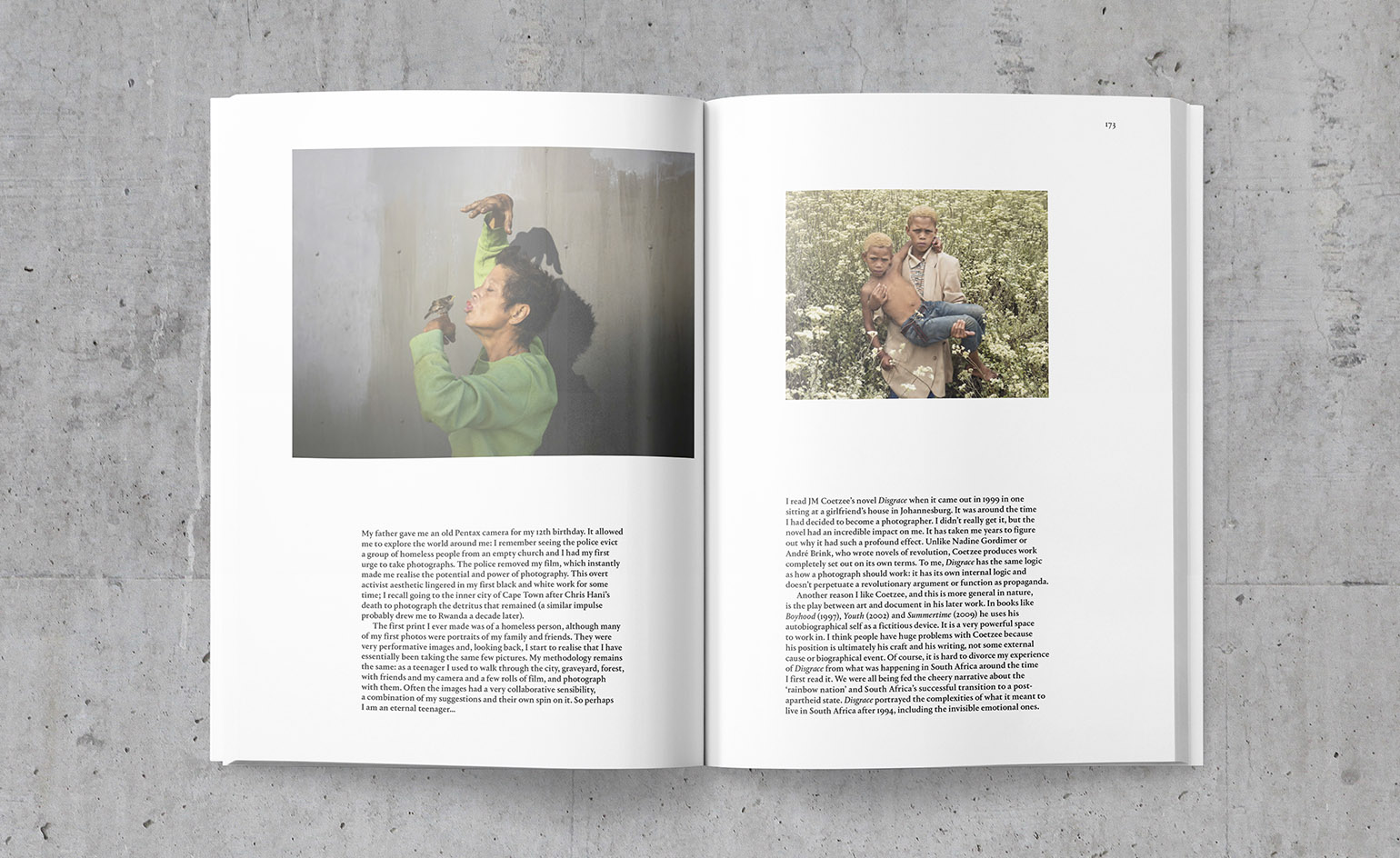
Pieter Hugo tells the story of his introduction to photography, interspersed with images both personal and professional.
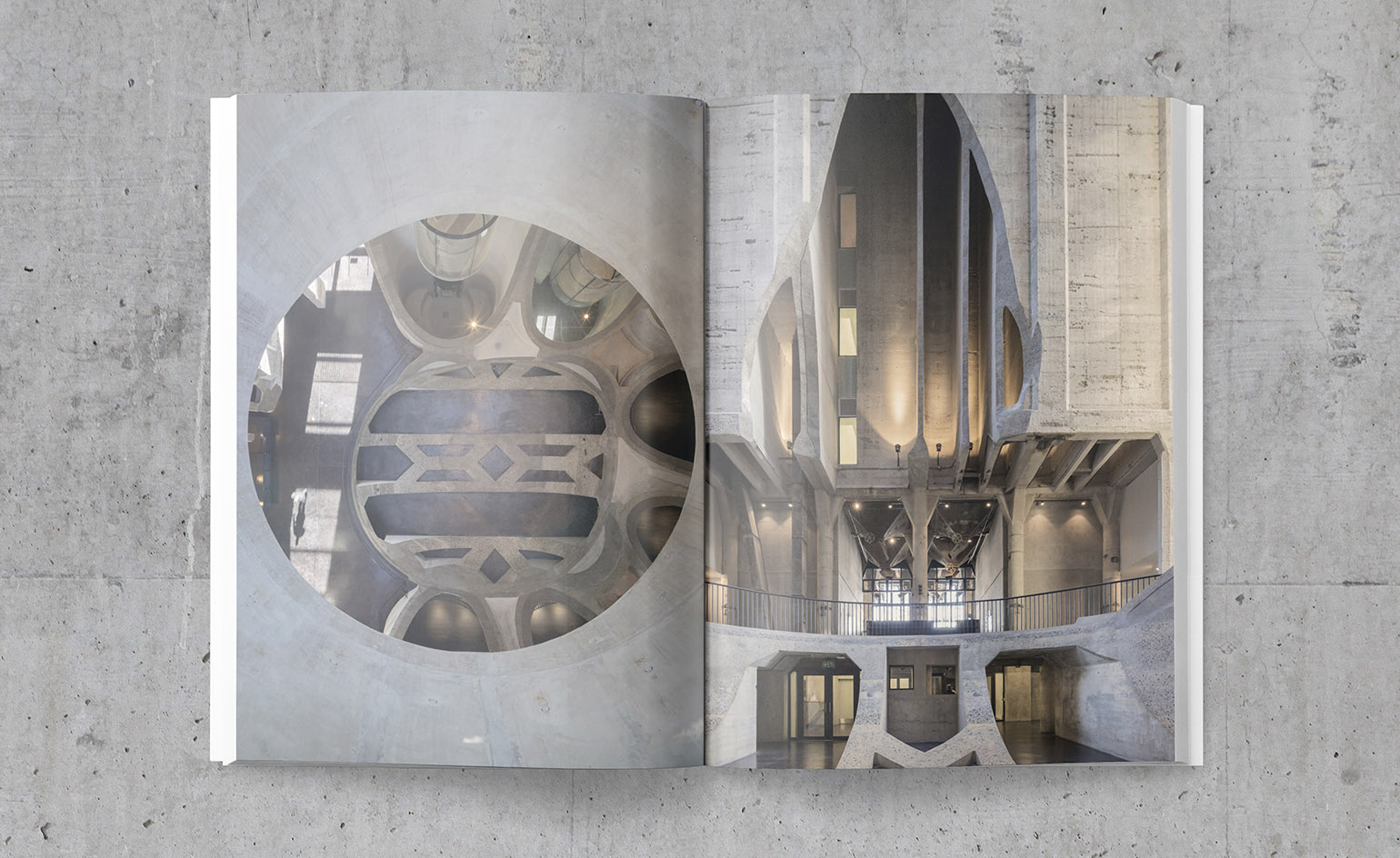
Inside Thomas Heatherwick’s Zeitz Museum of Contemporary Art Africa.
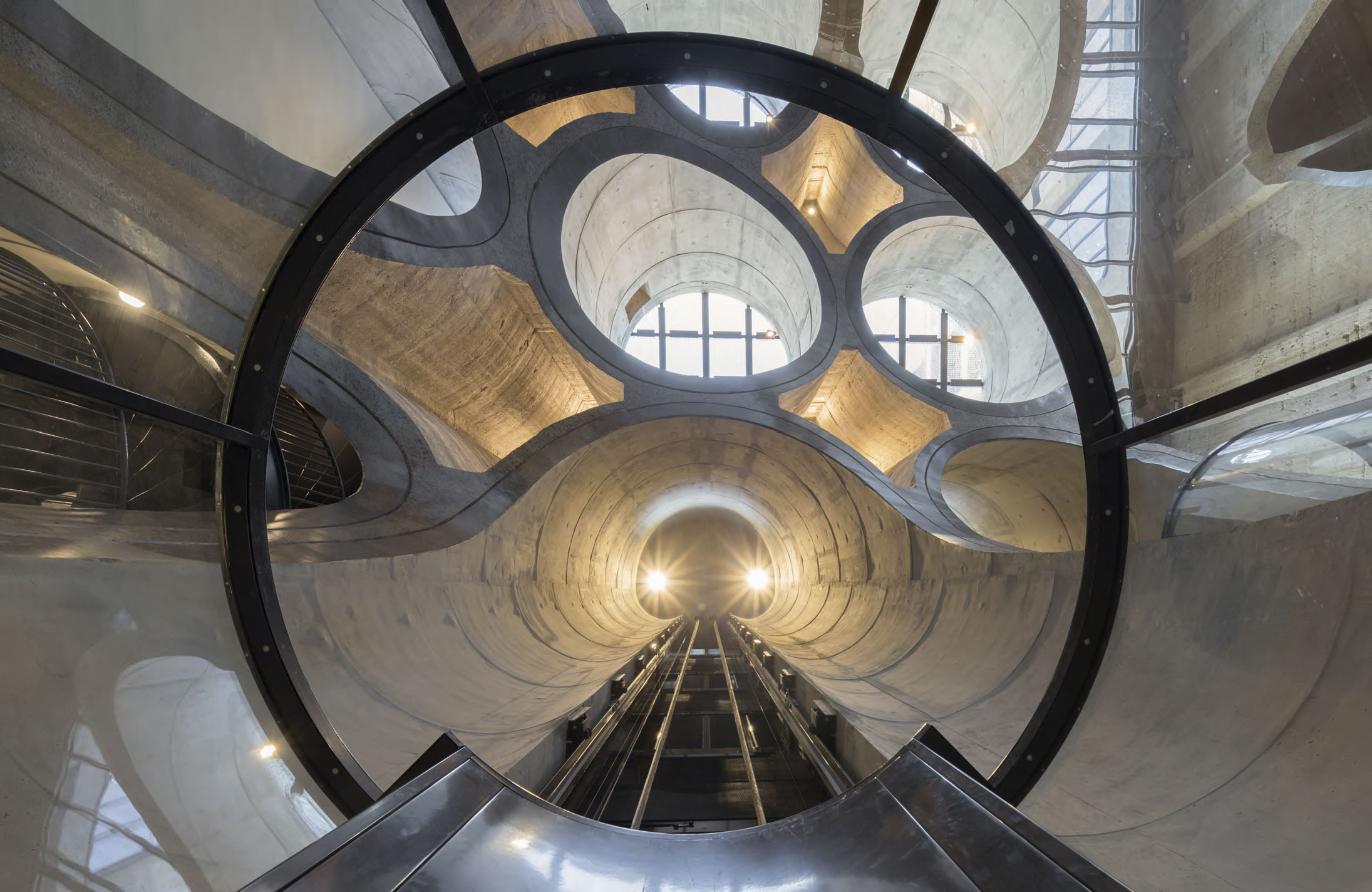
The glass roof of the museum’s atrium lets in natural light and joins the bins annex and lift building into a single structure.
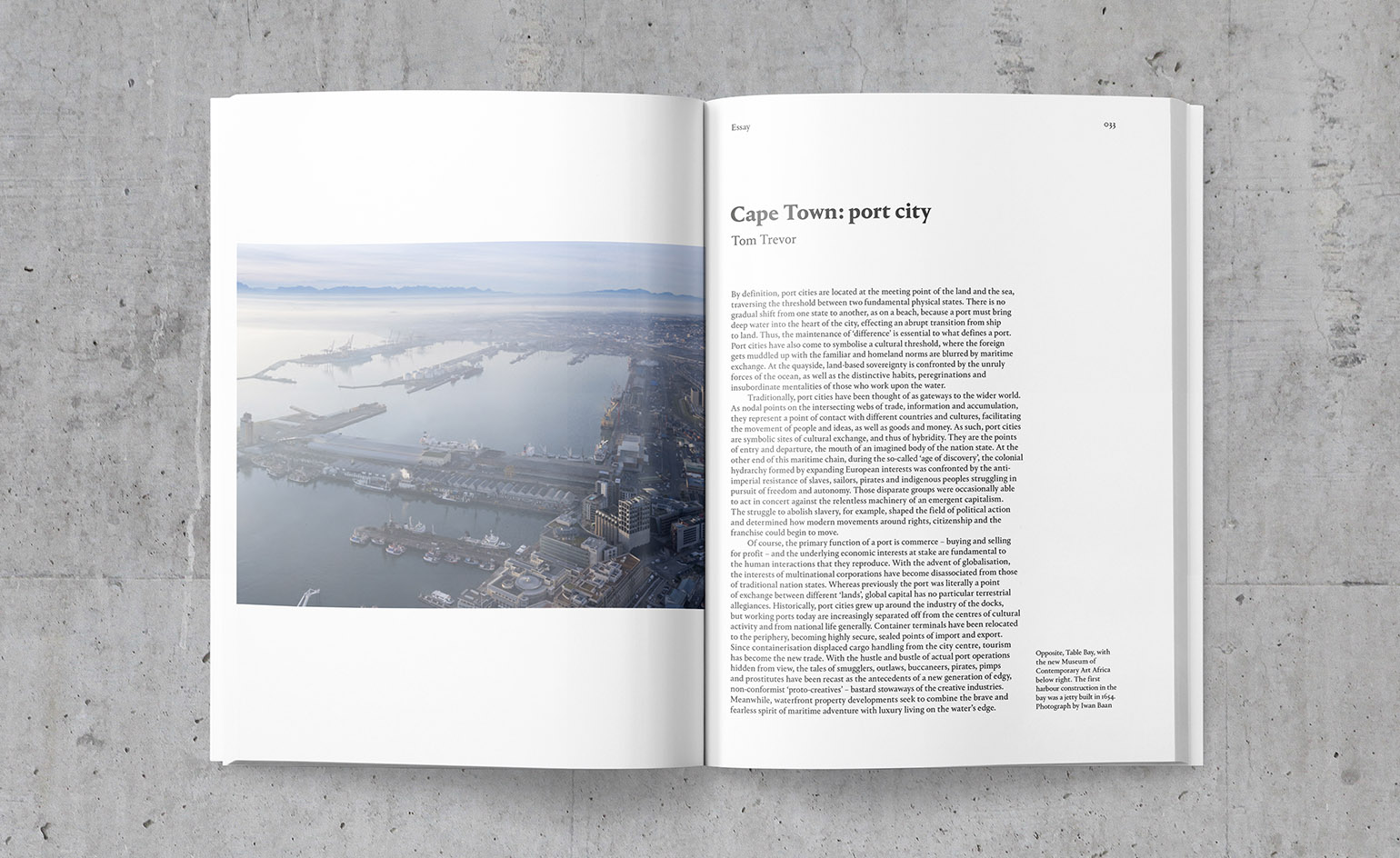
Left, Table Bay, with the Zeitz MoCAA below right.
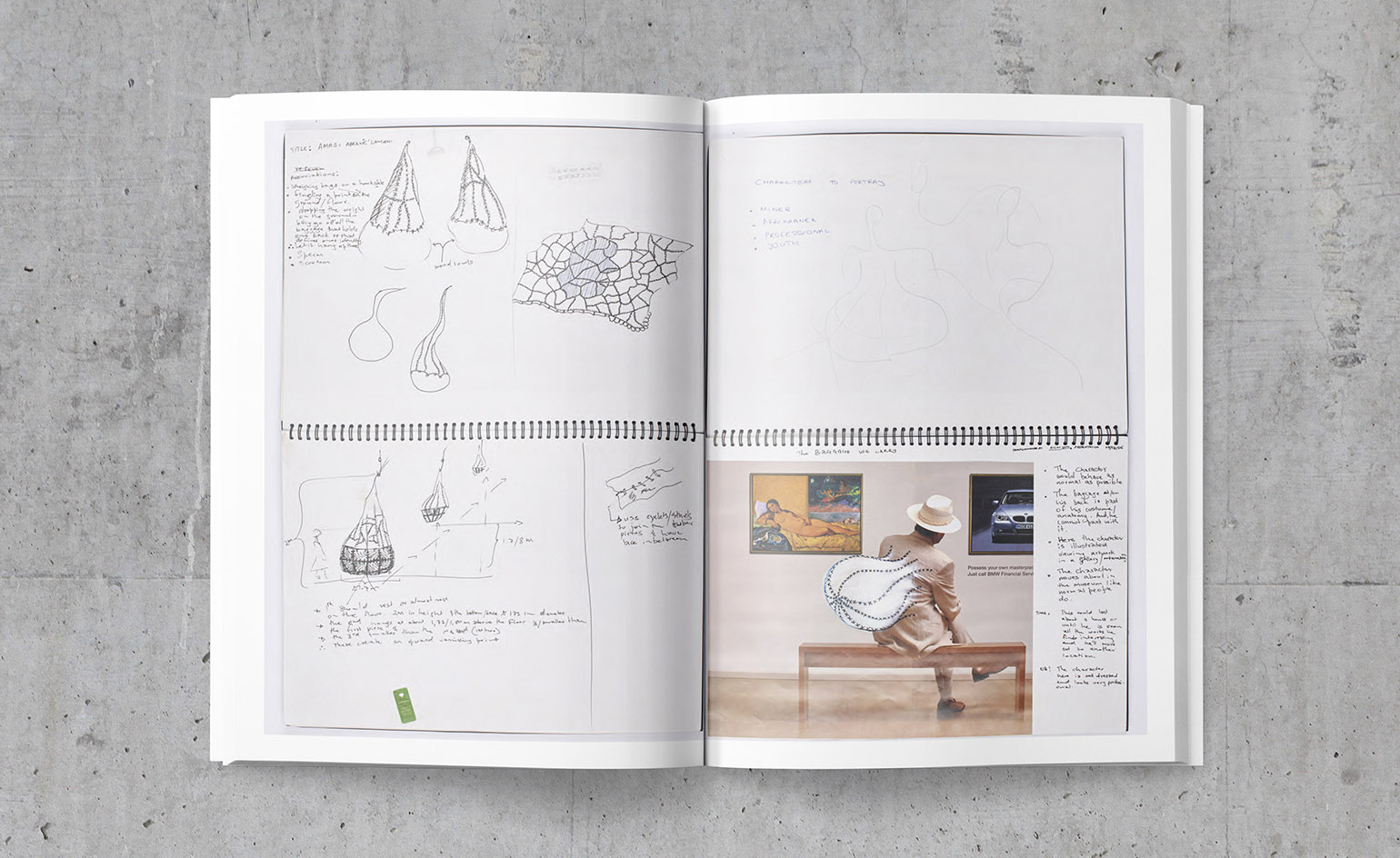
Nicholas Hlobo presents a new visual narrative including pictures of his studio and insights into his sketchbooks
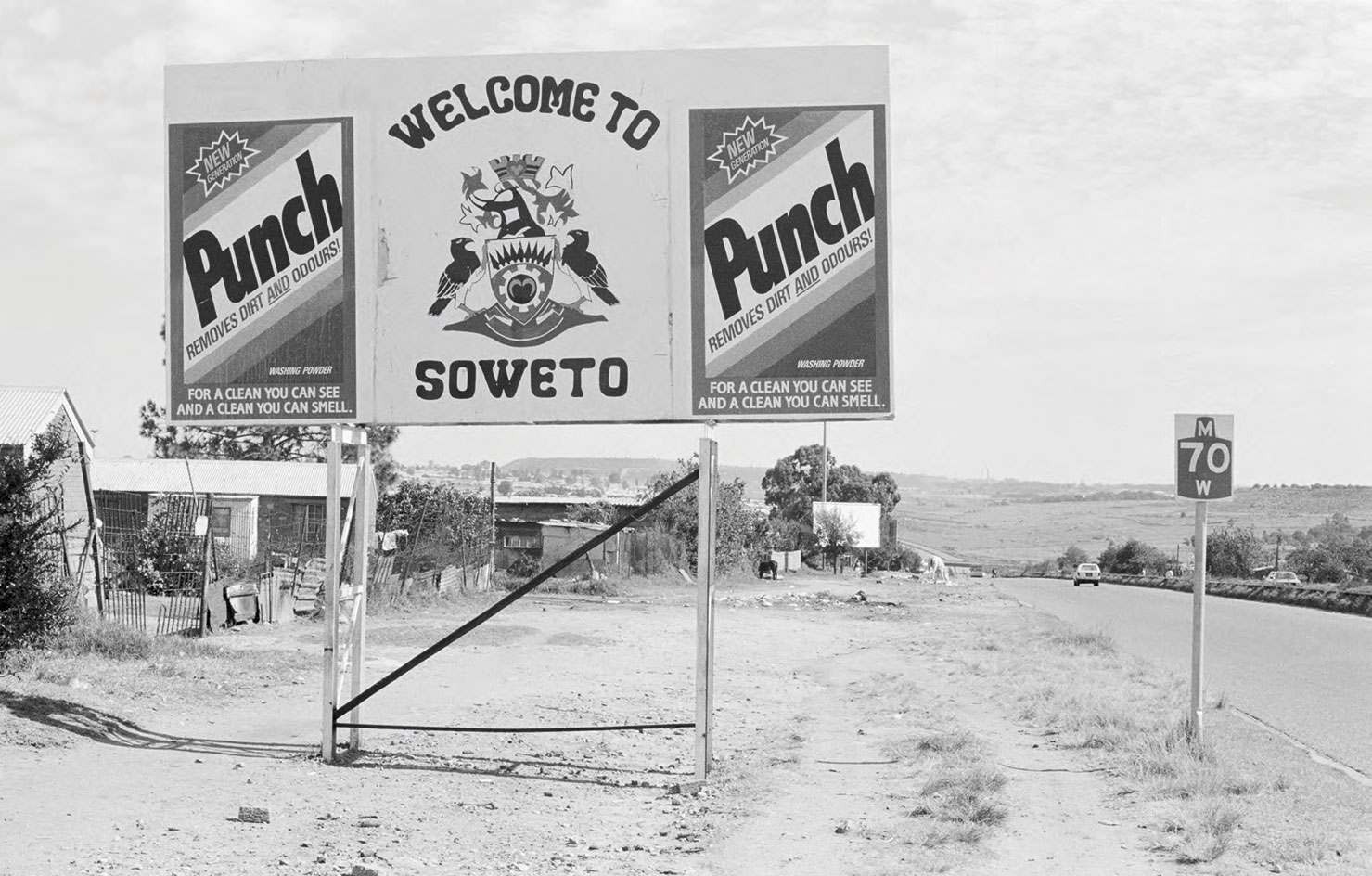
From Santu Mofokeng’s photographic narrative, which documents his life growing up in Soweto.
INFORMATION
Africa Modern: Creating the contemporary art of a continent is published by the KT Wong Foundation, in collaboration with Wallpaper* and Thomas Heatherwick. For more information, visit the website
Receive our daily digest of inspiration, escapism and design stories from around the world direct to your inbox.
Elly Parsons is the Digital Editor of Wallpaper*, where she oversees Wallpaper.com and its social platforms. She has been with the brand since 2015 in various roles, spending time as digital writer – specialising in art, technology and contemporary culture – and as deputy digital editor. She was shortlisted for a PPA Award in 2017, has written extensively for many publications, and has contributed to three books. She is a guest lecturer in digital journalism at Goldsmiths University, London, where she also holds a masters degree in creative writing. Now, her main areas of expertise include content strategy, audience engagement, and social media.
-
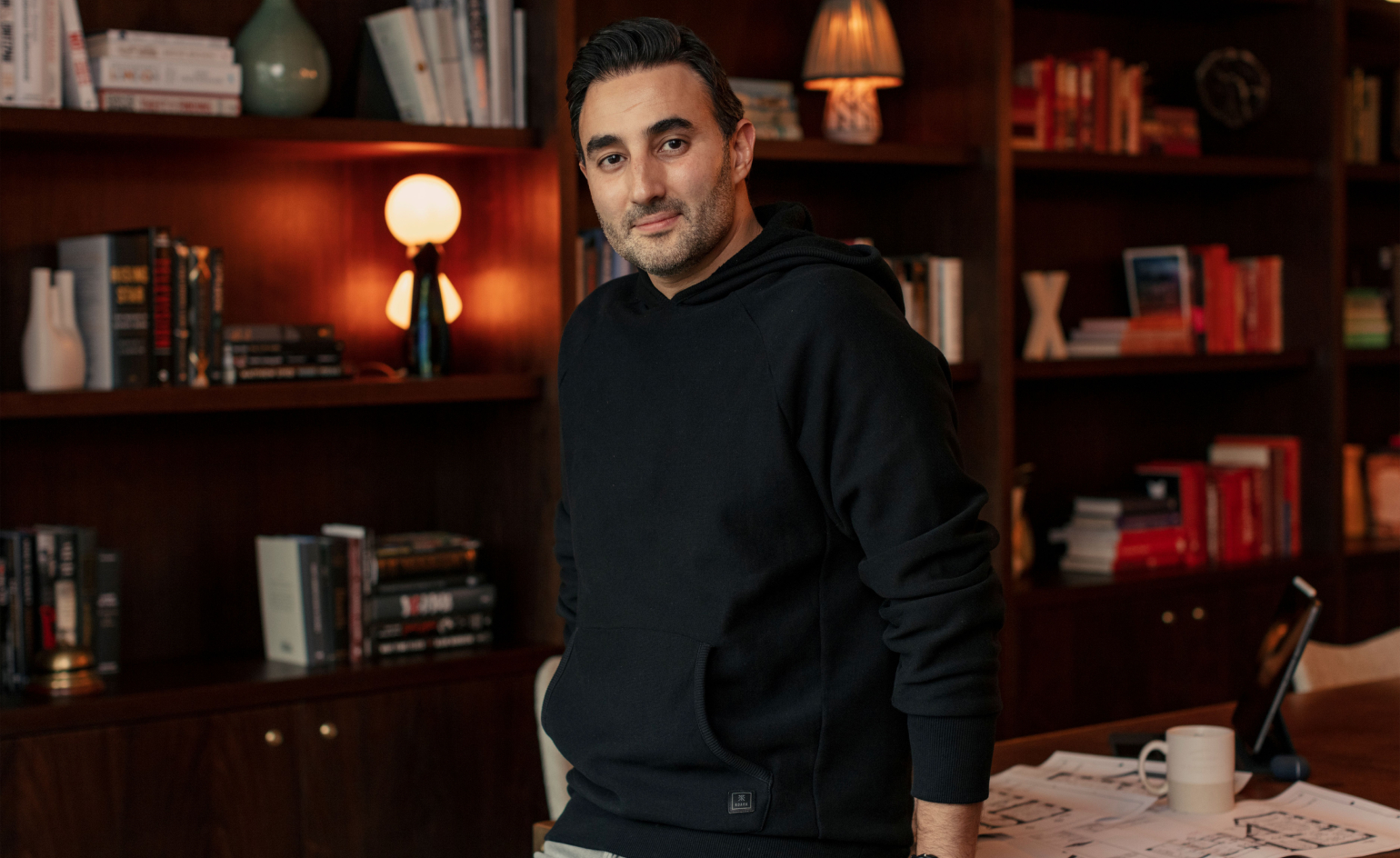 Wallpaper* Design Awards: why Sharan Pasricha is 2026’s Best Host
Wallpaper* Design Awards: why Sharan Pasricha is 2026’s Best HostWe salute the Indian-born, London-based hospitality entrepreneur who can’t stop thinking about ways to upgrade how we live, work and connect
-
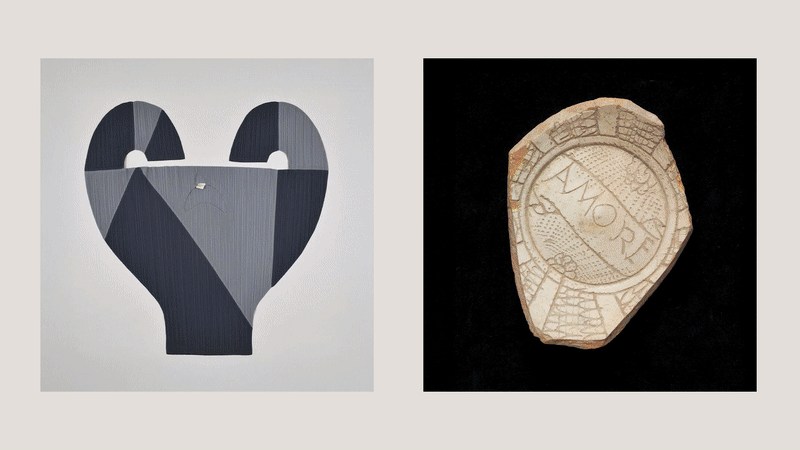 Wallpaper* Design Awards: London’s V&A East Storehouse is Launch of the Year 2026
Wallpaper* Design Awards: London’s V&A East Storehouse is Launch of the Year 2026Designed by Diller Scofidio + Renfro, the V&A family’s latest outpost turns the museum concept on its head, offering a revolutionary peek into the daily life of the institution’s Wunderkammer of a collection
-
 From jet bikes to electric speedsters, the CES debuts that might just fly
From jet bikes to electric speedsters, the CES debuts that might just flyCES 2026 brought new releases in the world of mobility tech, including a host of automotive AI innovations. We’ve rounded up the show's key debuts
-
 How to be a crisp sommelier: Neil Ridley on ‘bringing fun back into food and drink’
How to be a crisp sommelier: Neil Ridley on ‘bringing fun back into food and drink’The humble crisp is an easy crowd-pleaser for laidback hosts. Drinks expert Neil Ridley shares his tips for creating the perfect crisp-and-drink pairings, whatever the occasion
-
 'Moroseta Kitchen' is a new recipe book offering a glimpse into the Puglian countryside
'Moroseta Kitchen' is a new recipe book offering a glimpse into the Puglian countryside'Moroseta Kitchen - A Window Into The Puglian Countryside' by Giorgia Eugenia Goggi is based on the essence of eating in Italy, rooted in farm to table seasonal recipes
-
 ‘Bethlehem’ is a new recipe book celebrating Palestinian food
‘Bethlehem’ is a new recipe book celebrating Palestinian food‘Bethlehem: A Celebration of Palestinian Food’ is a recipe book by Fadi Kattan that celebrates culinary tradition and explores untold stories
-
 René Redzepi, Mette Søberg and Junichi Takahashi on Noma’s new cookbook
René Redzepi, Mette Søberg and Junichi Takahashi on Noma’s new cookbookLifting the lid on Noma’s secrets, a new cookbook celebrates the pioneering restaurant’s season menus, and offers a deep dive behind the scenes
-
 60-Second Cocktails book shakes up summer happy hour at home
60-Second Cocktails book shakes up summer happy hour at homeThis 60-Second Cocktails book brings summer happy hour into your home with easy but sophisticated cocktail recipes and tips to guide even novice shakers
-
 New cookbook transforms horror movies into terrifying food art
New cookbook transforms horror movies into terrifying food artHorror Caviar, the first cookbook from A24, features recipes inspired by horror movies, from creatives including Laila Gohar and Chloe Wise, alongside essays by Carmen Maria Machado, Stephanie LaCava, and more
-
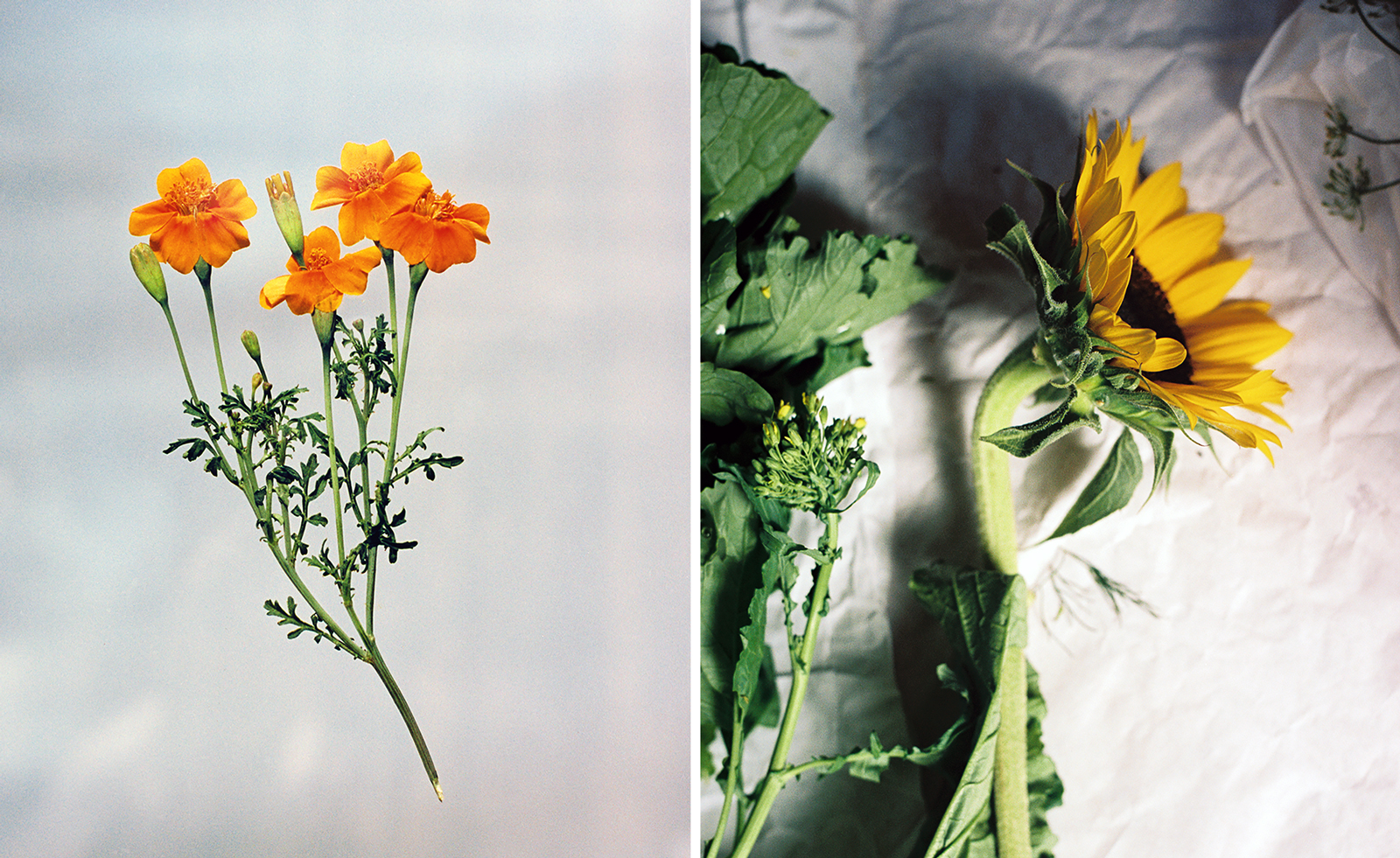 Edible flowers: the how, the what and the why
Edible flowers: the how, the what and the whyA new book from Monacelli, Edible Flowers: How, Why, and When We Eat Flowers, uncovers a fascinating history
-
 Match point: learn how to properly pair food and wine
Match point: learn how to properly pair food and wineLearn a thing or two about fine cooking and wine selection with this new book from the London Club